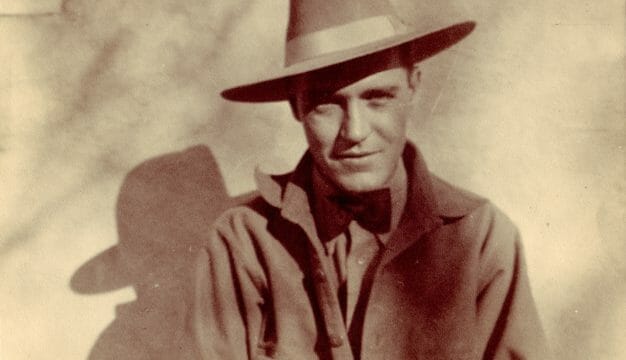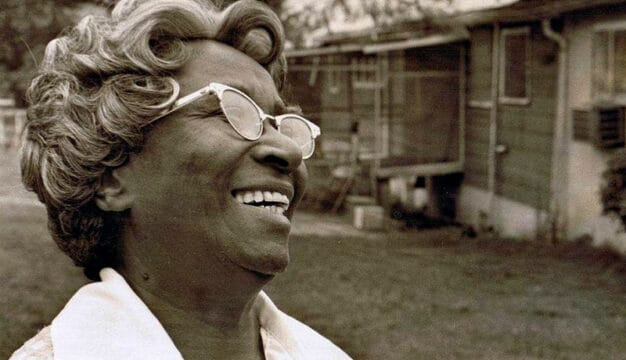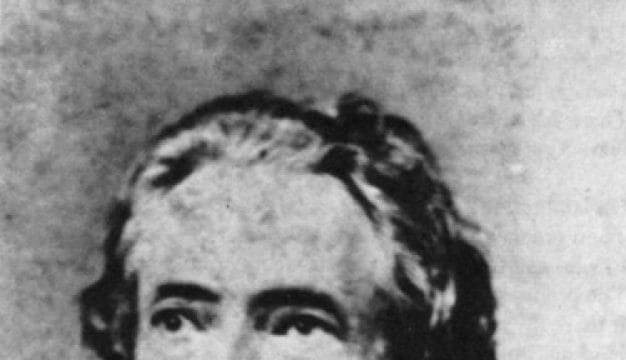Clara Weaver Parrish
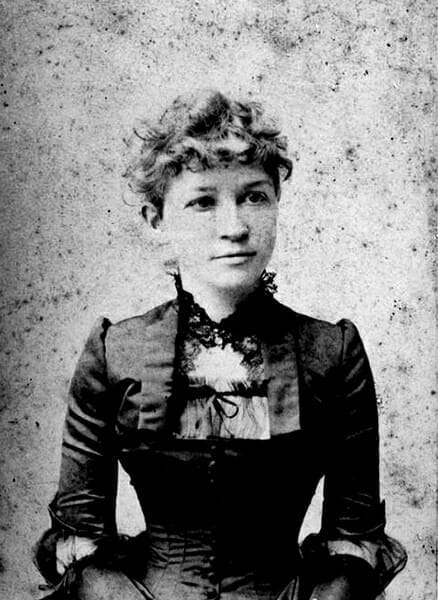 Clara Weaver Parrish
Dallas County native Clara Weaver Parrish (1861-1925) was an important American artist and designer. She created paintings, drawings, and prints on a variety of subjects and also designed furniture and stained-glass windows, some with renowned designer Louis Comfort Tiffany. Stained-glass windows made according to Parrish’s designs can be viewed in four churches in Alabama: St. Paul’s Episcopal in Selma; the First Baptist Church, Selma; the Episcopal Church of the Holy Cross in Uniontown; and Christ Episcopal Church in Tuscaloosa. Other windows made from her designs most likely exist in other American churches but are yet to be identified. Parrish’s paintings were exhibited in Paris, London, and New York, and received a number of awards.
Clara Weaver Parrish
Dallas County native Clara Weaver Parrish (1861-1925) was an important American artist and designer. She created paintings, drawings, and prints on a variety of subjects and also designed furniture and stained-glass windows, some with renowned designer Louis Comfort Tiffany. Stained-glass windows made according to Parrish’s designs can be viewed in four churches in Alabama: St. Paul’s Episcopal in Selma; the First Baptist Church, Selma; the Episcopal Church of the Holy Cross in Uniontown; and Christ Episcopal Church in Tuscaloosa. Other windows made from her designs most likely exist in other American churches but are yet to be identified. Parrish’s paintings were exhibited in Paris, London, and New York, and received a number of awards.
Clara Minter Weaver was born on March 16, 1861, at Emerald Place Plantation, near Selma, Dallas County, to William Minter and Lucia Frances Minter Weaver; she was one of six children. William Weaver was the son of Philip Weaver, an early founder of Selma who became wealthy operating a trading post on the bank of the Alabama River. William served as a Confederate officer in the Civil War under John Hunt Morgan. After the war, the Weaver family moved from the plantation into a large house in downtown Selma built by Philip Weaver. The young children were educated in a small schoolhouse behind the main house. The Weaver girls finished their educations at the Dallas Female Academy, a private school for daughters of the wealthy established by a group of women from powerful families in Selma.
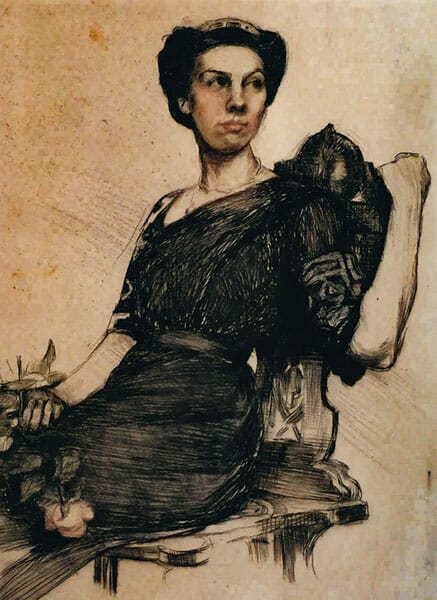 Lady in Black
The Weavers encouraged their daughters in artistic pursuits. Rose became an accomplished wood-carver, with examples of her work in several Selma homes; Lucia was a poet and essayist; and Clara showed artistic talent from an early age. In the mid-1880s, Clara’s parents sent her to New York City to study painting at the Art Students League of New York, where she studied under such famous painters as William Merritt Chase and Kenyon Cox.
Lady in Black
The Weavers encouraged their daughters in artistic pursuits. Rose became an accomplished wood-carver, with examples of her work in several Selma homes; Lucia was a poet and essayist; and Clara showed artistic talent from an early age. In the mid-1880s, Clara’s parents sent her to New York City to study painting at the Art Students League of New York, where she studied under such famous painters as William Merritt Chase and Kenyon Cox.
During this period, Parrish made her first of many tours of Europe, as did many wealthy young women of her era. She spent several months in France studying painting with Raffaelle Collins, a student of renowned painter Pierre Puvis de Chavannes. Under his guidance, she developed her own style, influenced deeply by the Art Nouveau (New Art) style, which typically includes graceful shapes taken from nature. Her trips through France included visits to Gothic cathedrals, and their colorful windows piqued her interest in the art of stained glass.
In 1887, Weaver returned home to Selma to marry childhood friend William Peck Parrish, a stock broker. The newlyweds lived in Birmingham, Jefferson County, for a time, before settling in New York City in 1890, where William Parrish had a seat on the New York Stock Exchange. The couple had one daughter, also named Clara, who died at 16 months of age. A number of Parrish’s paintings feature a mother and small girl, evoking her loss.
In New York, Parrish became one of the few women to work as a freelance designer for the Tiffany Glass and Decorating Company, owned by artist Louis Comfort Tiffany. At the time, Tiffany was fast becoming the nation’s most sought-after interior decorator and stained-glass designer having decorated a room in the White House. Parrish most notably worked with two male designers in 1896 to create the large seven-panel angel window St. Michael’s Episcopal Church in New York City. Tiffany praised her by name (Mrs. William P. Parrish) in an undated article in the New York World newspaper.
Parrish was a founding member of the New York Women’s Art Club and served on the planning committee for the Women’s Pavilion at the 1893 World’s Columbian Exposition, where she exhibited as well. Her paintings were also shown at the Paris Exposition of 1900. During this period, she provided illustrations for two books: The Fir Tree (1891) by Barbara Waite and Mammy’s Reminiscences and Other Sketches (1898) by fellow Alabamian Martha Sawyer Gielow.
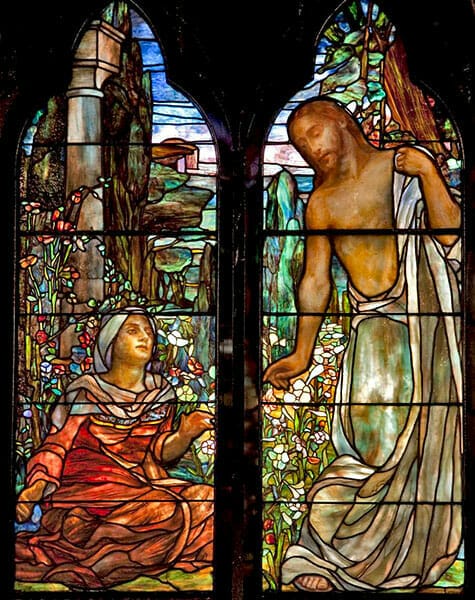 St. Paul’s Episcopal Church Window
In 1901, Parrish again suffered tragedy when her husband died of a heart attack at age 41 on a train between Philadelphia and New York. Parrish found solace in her art. She worked in her New York studio and also kept a studio in Paris; in 1910, she moved to Paris and resided there until 1914. She wrote, painted, designed furniture, and produced more drawings for stained-glass windows. She designed and donated two windows, reputedly fabricated by Tiffany Studios, for her home church in Selma, St. Paul’s Episcopal Church, as memorials to her father and her husband and was commissioned to design a window and a mosaic for the First Baptist Church of Selma. Parrish designed a bright angel window titled The Hymn of Praise for a Dr. Pearson of New York, who donated the work, in memory of his mother, aunt, and other members of the Snow family of Tuscaloosa, to the Christ Episcopal Church in Tuscaloosa, Tuscaloosa County. She also created a large image of the Resurrection of Jesus for Holy Cross Episcopal Church in Uniontown in memory of Adell Caldwell Davidson. She did not design solely for Tiffany: the Holy Cross window was made by the Castle-London Company and the Church Glass Company also made windows for her.
St. Paul’s Episcopal Church Window
In 1901, Parrish again suffered tragedy when her husband died of a heart attack at age 41 on a train between Philadelphia and New York. Parrish found solace in her art. She worked in her New York studio and also kept a studio in Paris; in 1910, she moved to Paris and resided there until 1914. She wrote, painted, designed furniture, and produced more drawings for stained-glass windows. She designed and donated two windows, reputedly fabricated by Tiffany Studios, for her home church in Selma, St. Paul’s Episcopal Church, as memorials to her father and her husband and was commissioned to design a window and a mosaic for the First Baptist Church of Selma. Parrish designed a bright angel window titled The Hymn of Praise for a Dr. Pearson of New York, who donated the work, in memory of his mother, aunt, and other members of the Snow family of Tuscaloosa, to the Christ Episcopal Church in Tuscaloosa, Tuscaloosa County. She also created a large image of the Resurrection of Jesus for Holy Cross Episcopal Church in Uniontown in memory of Adell Caldwell Davidson. She did not design solely for Tiffany: the Holy Cross window was made by the Castle-London Company and the Church Glass Company also made windows for her.
 Clara Weaver Parrish
Parrish returned often to Selma, painting and drawing in the little schoolhouse where she had originally been educated. Though aging and in poor health, she agreed to take on a commission to design a major window for the second-floor parish hall of St. Paul’s in memory of her friend Mary Indiana Jones. She contracted with the Castle-London Company to execute the massive window, created in what she called the “Italian Style” and depicting the Gospel story of the Wedding Feast at Cana as a Renaissance banquet, with her friend dressed in 1920s fashion as the bride in the scene. Parrish worked on the design and supervised the stained-glass studio while in New York. She planned to return to Selma for the installation but fell ill and died on November 11, 1925, at her Manhattan home, with her sister Rose at her side. Parrish was interred in Selma’s Live Oak Cemetery beside the graves of her husband and daughter.
Clara Weaver Parrish
Parrish returned often to Selma, painting and drawing in the little schoolhouse where she had originally been educated. Though aging and in poor health, she agreed to take on a commission to design a major window for the second-floor parish hall of St. Paul’s in memory of her friend Mary Indiana Jones. She contracted with the Castle-London Company to execute the massive window, created in what she called the “Italian Style” and depicting the Gospel story of the Wedding Feast at Cana as a Renaissance banquet, with her friend dressed in 1920s fashion as the bride in the scene. Parrish worked on the design and supervised the stained-glass studio while in New York. She planned to return to Selma for the installation but fell ill and died on November 11, 1925, at her Manhattan home, with her sister Rose at her side. Parrish was interred in Selma’s Live Oak Cemetery beside the graves of her husband and daughter.
She established in her will the Weaver-Parrish Memorial Trust Fund, administered by St. Paul’s Church, to help the poor of Selma, particularly African Americans. Because of her wise investments, the fund is strong and still operating today. Paintings and furniture designed by Parrish are on display at Sturdivant Hall in Selma, and several paintings hang in Selma’s St. Paul’s Episcopal Church. Some of her letters and notebooks are housed in the Alabama Department of Archives and History in Montgomery, and some of her paintings are held by the Montgomery Museum of Fine Arts. She was enshrined in the Alabama Women’s Hall of Fame in 1983.
Additional Resources
Brown, C. Reynolds. Clara Weaver Parrish. Montgomery, Ala.: Montgomery Museum of Fine Arts, 1980.
Ford-Freeman, Janice. “Clara Weaver Parrish, Tiffany’s Alabama Connection.” The Stained Glass Quarterly 108 (Fall 2013): 202-11, 228-29.
